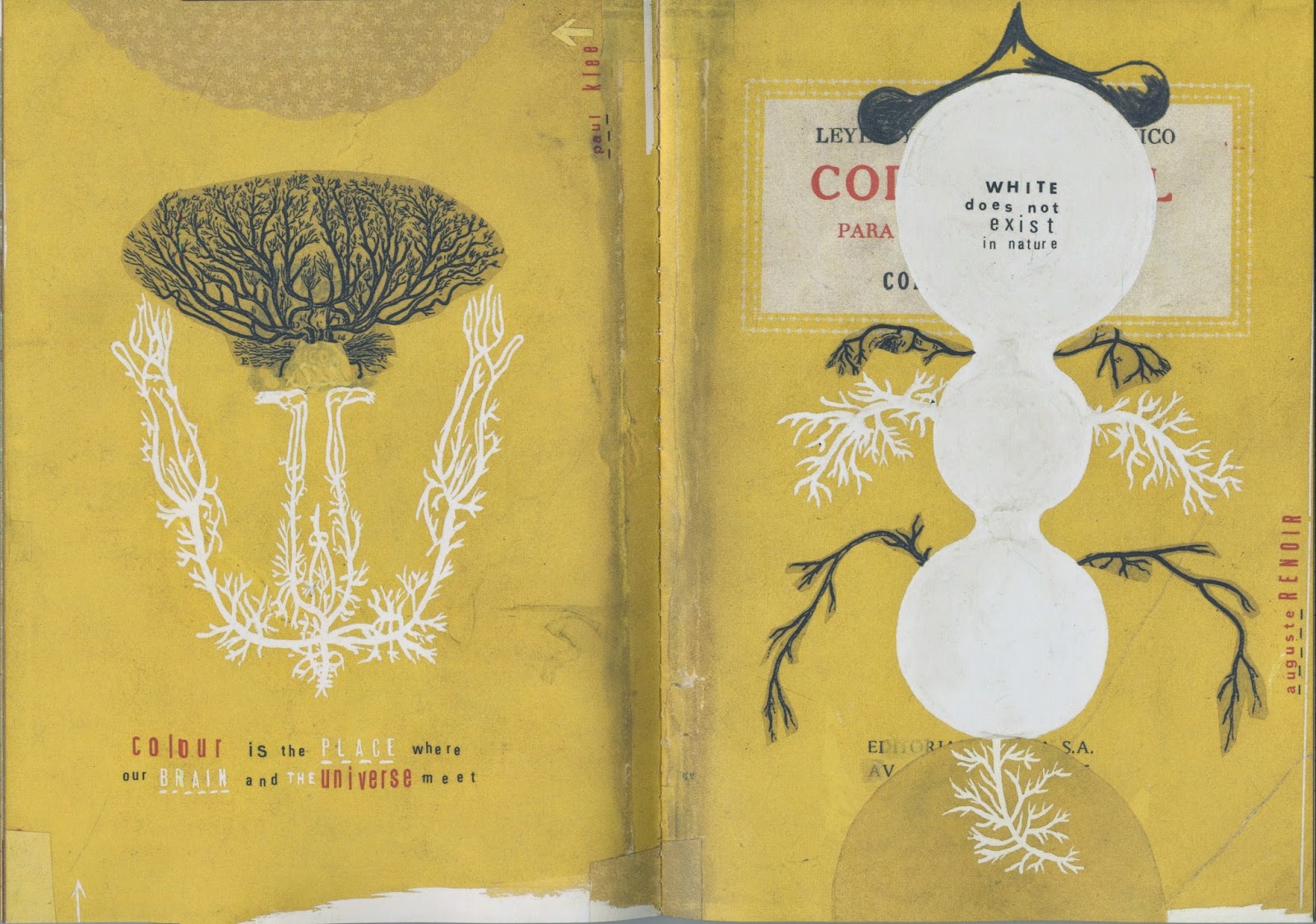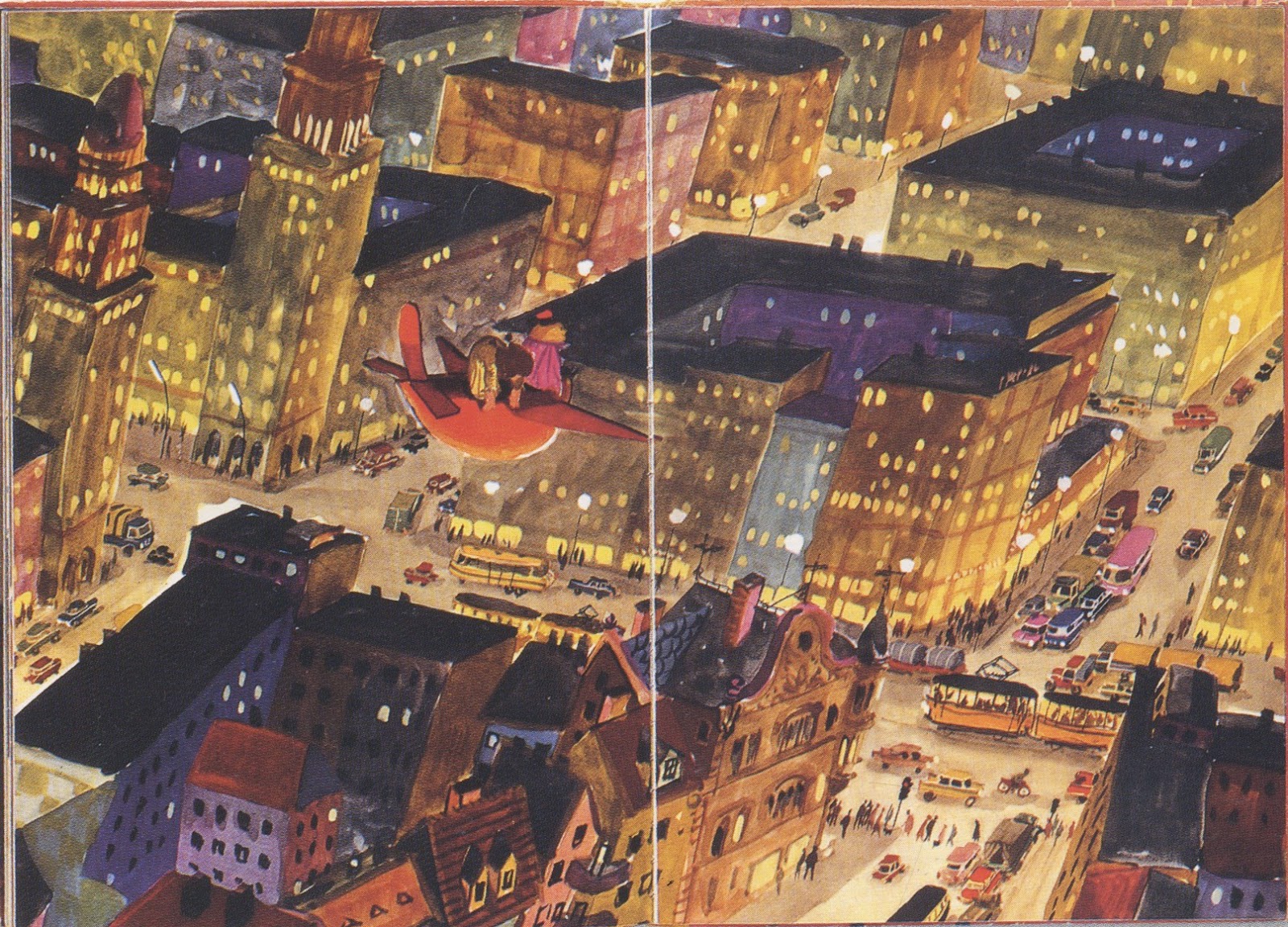We took a university course trip to Pick Me Up in London on Tuesday 29th April. It is a really great illustration and graphic art festival full of wonderful prints and huge amounts of colour!
I really enjoy going to this event (this is my second year visiting it) because there is tons of work by illustrators and collectives, most of them having graduated only a few years or so ago. If I had enough money, there were so many prints that I would have bought, but unfortunately I am a poor poor student and don't have the luxury yet. I did however get loads of inspiration and found a few artists whose work I really liked, (and took their names down on my phone to research later.)
It was a great day trip and a good excuse to get off the computer and take a day out from animating.
(English Artist, Billy, lives and works in Berlin & UK. Digital, gyclee and screen prints. Observations made from living in unfamiliar places and travelling to exotic and not-so-exotic destinations, mixed up in a whirl of imagination.)
I also got to use a very small screen printer which printed this unicorn onto some coloured paper with circles, and keep the print as a token of my visit this year in the Handsome Frank section of Pick Me Up.



































